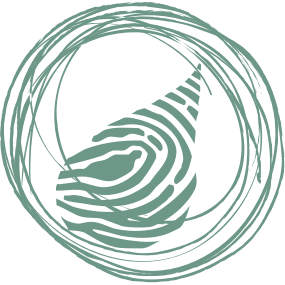After four years of hard work by the project team and landholders, the Clean Waterways project has come to an end. The aims of managing sediment and nutrient run off into the Avon River has been achieved through the management, protection and improvement of riparian vegetation across the zone of rejuvenated drainage, focusing on tributaries that flow into the Avon.
The second phase of the project, implemented across the past 18 months, has seen 14 landholders complete 19km of fencing works to protect waterways and plant a total of 139ha of biodiverse revegetation. This second round identified the need for alternative water sources for livestock as water access was restricted, resulting in the installation of four troughs. To ensure the success of the projects, feral control was undertaken through rabbit fumigation, calici virus releases, 1080 baiting and cage trapping. To further enhance the riparian ecosystem, habitat structures were installed to support microbats and various bird species.
Another key aspect of this project was to increase community engagement and knowledge around the management of waterways. Six workshops were held across a range of topics including seed collection for saline waterway restoration and feral pig control for community members, and water quality and macroinvertebrate sampling for school students.
Ongoing monitoring will be undertaken to assess the impact of the revegetation and stock exclusion on the sediment and nutrient runoff and will aid in future waterways management planning and delivery.
No success is without its challenges and this project has faced its fair share, from the extremely late break of season to sites being too waterlogged to plant, however our resilient community has persevered yet again, resulting in a successful project that will continue to improve in years to come.
Keep an eye out for our ‘Watering WA’ signs across the region to see the outcomes of the project for yourselves!
This project was delivered through the support of the Department of Water and Environmental Regulation and the Department of Primary Industries and Regional Development as part of the Watering WA – Clean Waterways program.


